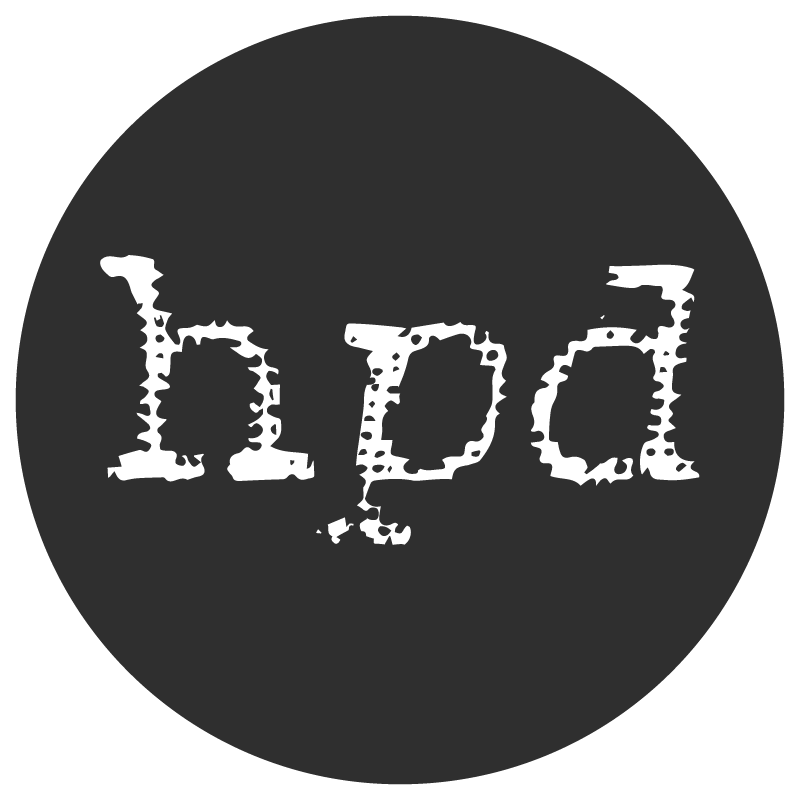From December 16-18, 2013 an Italian-German workshop, “Da Hegel ad oggi. Sviluppi della riflessione estetica tedesca e italiana dopo la morte dell’arte. / Von Hegel bis heute. Entwicklung der deutschen und italienischen Ästhetik nach dem Ende der Kunst,“ was held in Rome (see our previous post – link). Prominent philosophers and young researchers participated in the workshop and delivered talks mainly focused on the end of art and its developments after Hegel.
All contributions will be collected in a volume that will be published in German by Wilhelm Fink Verlag and in Italian by a publisher, yet to be determined.
We are pleased to host the abstracts of some of the conference talks on our website.
We continue the series with the abstract of a young researcher, Francesco Campana, “La tesi hegeliana della fine dell’arte e l’opera d’arte letteraria”.
Previous entries:
V – Markus Ophälders, “Morte dell’arte e distruzione dell’aura. Ambivalenze del finire”
***
Francesco Campana
The Hegelian thesis of the end of art and the literary artwork
Among the new versions of the so-called thesis of the ‘end of art’, the one put fort by Arthur C. Danto is particulary interesting. Danto applies the notion of ‘end of art’ to the artistic transformations of the second half of 20th century (Pop Art, Fluxus, Conceptual Art, Minimalism). His thought is explicitly inspired by Hegel, and even though Danto does not employ the entire set of Hegelian concepts, he reformulates the thesis of the ‘end of art’, by highlighting to the dissolution of art into philosophy. The dissolution arises through the reflection of art on itself and the idea that everything before this ‘end’ acquires a sense of pastness. Danto’s analysis refers to what he calls «painting-and-sculpture». His interpretation seems to apply «transgenerically» to almost every form of contemporary art – from architecture to music. All these forms, Danto claims, have witnessed a radical and irreversible turn. The hypothesis of the paper is that literary artwork has not experienced such a definitive breaking point. Although we have observed avant-garde phenomena also in this field, the linearity of its historical development and the meaning of its ‘ends’ seem to bear a higher level of complexity.
In order to address the topic of the peculiar carachter of literary artwork – also in relation to a so interpreted thesis of the ‘end of art’ – the paper starts by analyzing the status of this expression in Hegel’s philosophy of art. I underline the twofold significance of literature for Hegel: on the one hand, it is the most total and perfect form of art, on the other hand, because it makes use of word as its means of expression, literature is the best candidate to its own dissolution and to the transition to other forms of the spirit. Thus the literary artwork goes through a continuous dialectic within itself, waving between poetry and prose (both prose of the world and prose of the thought). I try to identify a possible answer to the absence of a traumatic and irreversible moment in the history of literature by exploiting Hegel’s account of the relation between poetry and prose. I suggest that such an account can help us to explain the reason of the realization (and at the same time of the resistance) of literature to a so formulated thesis of the end of art.
Francesco Campana received his BA in Philosophy at the University of Padova in 2009, with a dissertation on the notions of irony and critic in W. Benjamin’s interpretation of Frühromantik. In 2012 he graduated with a double-degree Master of Arts between Padova and Jena with a dissertation on K. W. F. Solger’s poetic of literary genres. Since January 2013 he is PhD student at the University of Padova. The topic of his research project is the role of literary artwork in Hegel’s philosophy of art.
Printable Version

